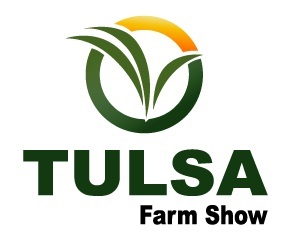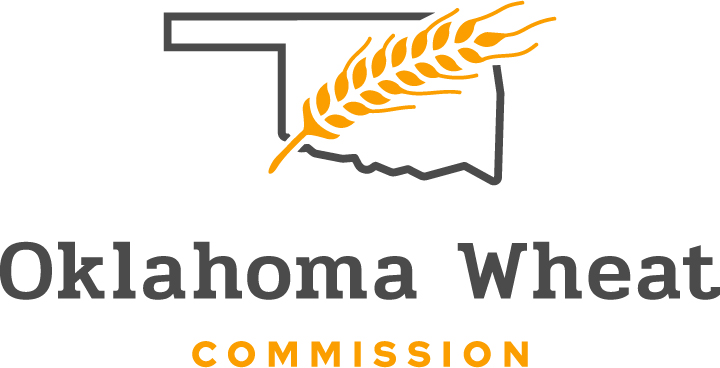
Agricultural News
Saving Water Through Early Irrigation Termination
Tue, 10 Nov 2020 11:53:18 CST
Irrigated cotton is one of the major crops in Oklahoma. According to the 2018 Irrigation and Water Management Survey conducted by the United States Department of Agriculture, Oklahoma had about 114,000 acres of irrigated cotton, ranking us eighth among all cotton producing states. In terms of average yield harvested at irrigated cotton fields, however, Oklahoma was ranked fourth, following California, Arizona and Missouri. The future growth, economic viability and environmental sustainability of irrigated cotton in Oklahoma relies on the availability of agricultural water resources with appropriate quality. At the same time, our water resources are facing grand challenges caused by frequently occurring droughts, declining groundwater levels, diminishing river flows to surface reservoirs and degrading water quality.
To address these challenges, Oklahoma State University's researchers, extension specialists and educators have been collaborating with Oklahoma cotton producers for many years, conducting state-of-the-art research and demonstration projects across the state. One of these projects investigated different irrigation termination times and their effects on cotton yield and fiber quality. If irrigations can be terminated earlier at the end of the growing season without hurting yield and fiber quality, precious water resources could be saved for the future.
How was the research carried out?
The members of the research team including Blessing Masasi, Saleh Taghvaeian, Randy Boman, and Sumon Datta, conducted research on cotton irrigation termination from 2015 to 2017 at OSU's research and extension center near Altus, Oklahoma, where cotton is the dominant crop. Water was applied using surface, or gravity, irrigation by means of furrows.
What did we learn?
Terminating irrigation earlier was effective in conserving water resources, with 28% less water applied under mid-August termination compared to end-of-August termination on average. Extending irrigation for one more week past mid-August resulted in water savings, but at a smaller amount of 16%, compared to end-of-August termination. To put these numbers into perspective, the 28% saving in irrigation application would be about 14,000 acre-feet of water saved in a normal year in the Lugert-Altus Irrigation District in southwest Oklahoma. The 16% irrigation reduction would translate to about 8,000 acre-feet of water.
Although a considerable amount of water was saved with early irrigation termination, the savings were accompanied with a relatively similar percentages of reductions in cotton lint yields. Cotton fiber quality and seed yields were also negatively impacted, but at a smaller rate compared to lint yield. Interestingly, the impact of earlier termination was variable from year to year depending on the late-season rainfall and soil moisture availability. In years that were characterized by a dry late season, ending irrigations even one week earlier had a substantial effect on cotton performance. In contrast, irrigation could be terminated early without any impact on cotton if timely rainfalls replenished soil moisture towards the end of the cotton growth. Monitoring and understanding soil moisture levels and meteorological data with extended forecasts could help farmers make decisions on when and how much to irrigate as well as when to terminate irrigation for the season. This research highlights the importance of using technologies such as soil moisture sensing in managing irrigations. Although these technologies require time and money investments, they can be effective in conserving limited water resources without experiencing yield and fiber quality reductions.
For more information, please see the research article at the following link: https://www.mdpi.com/2077-0472/9/2/39
WebReadyTM Powered by WireReady® NSI
Top Agricultural News
More Headlines...





